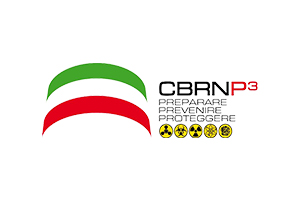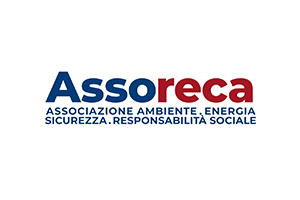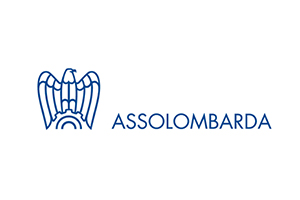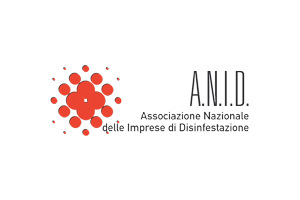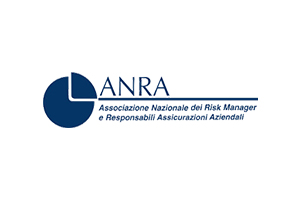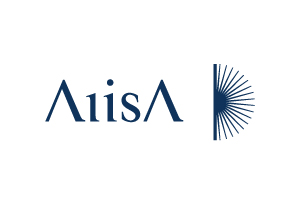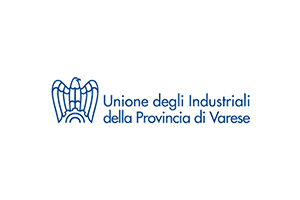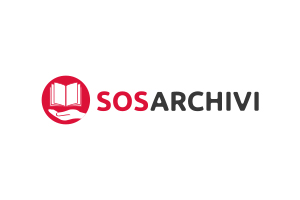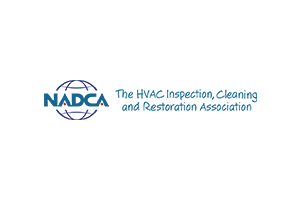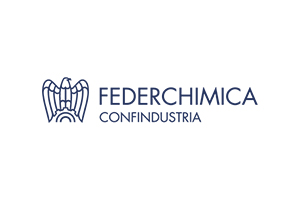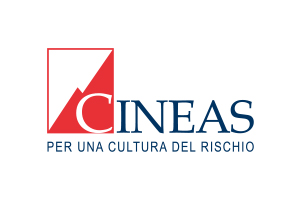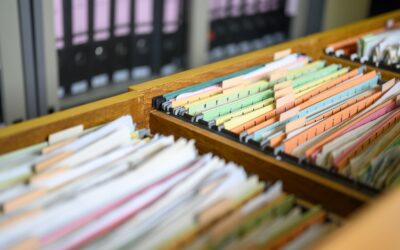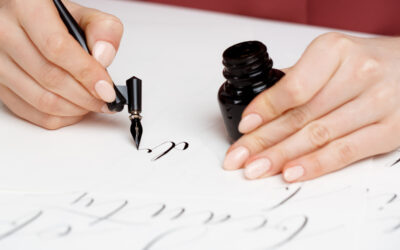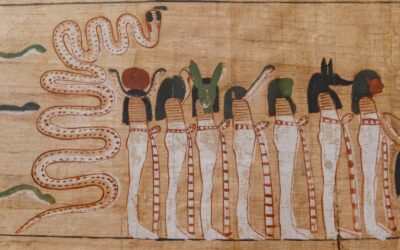 Archive, paper and document recovery
Archive, paper and document recovery
first aid 24/7
In case of documents, books or paper material affected by damages caused by humidity, water, fire, collapses or pathogens, Prodoc carries out drying, restoration and recovery interventions.
TOLL-FREE NUMBER: 800.001.001
 First Aid 24/7
First Aid 24/7
Intervention request form
 What can we do for you
What can we do for you
We intervene to recover and restore paper and digital archives, libraries and all paper and parchment material with state-of-the-art systems and processes.
Freeze drying
A system that reduces the drying time of paper by 75%
DISINFECTION
Our solutions to stop microbial attacks and molds
PEST CONTROL
Our systems protect you from damage by insects and rodents.
DUST REMOVAL
A mandatory operation prior to all restoration interventions.
STORAGE MATERIALS
We use certified containers for the conservation of paper material
BIOLOGICAL ANALYSIS
Microbiological analysis to identify the agents responsible for the attacks
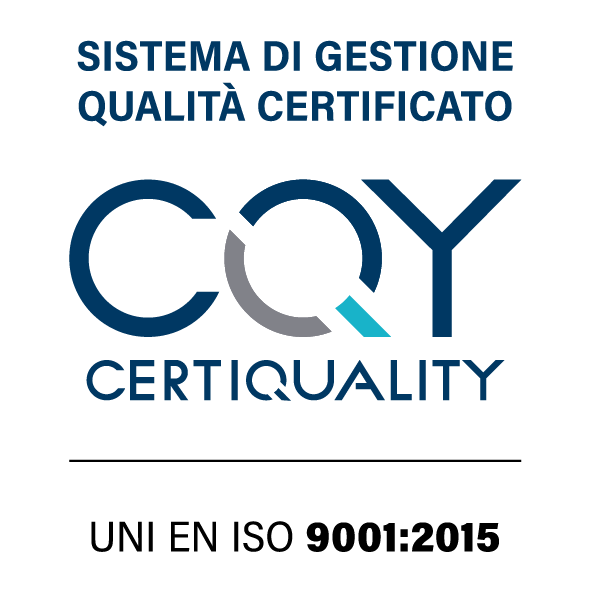
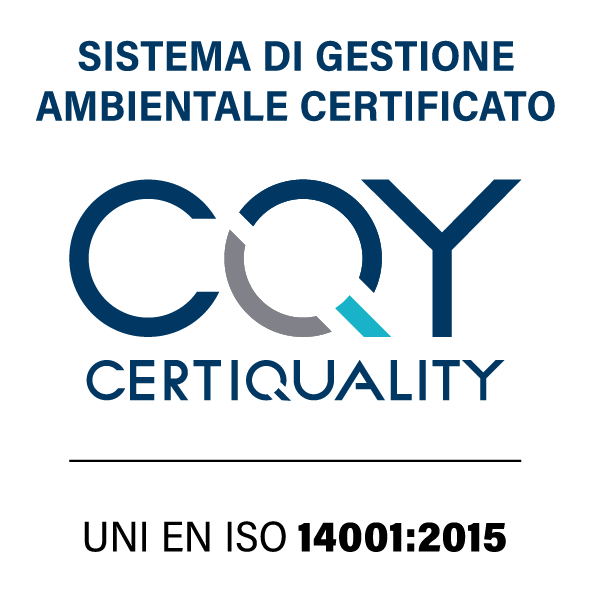
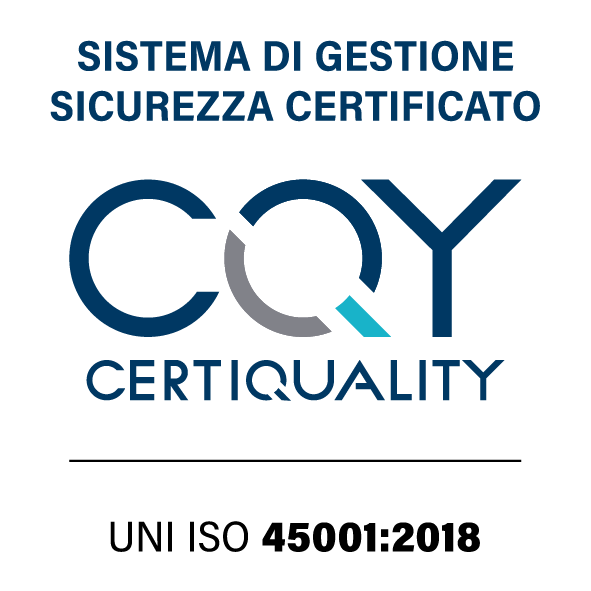
 When we do intervene
When we do intervene
Prodoc has an emergency team for rescue and restoration of archives, documents, books, paper material and other cultural assets following catastrophic events of any entity, both anthropogenic and natural.
 Ask an expert
Ask an expert
 Wet documents or books?
Wet documents or books?
The first 48 hours are crucial
Here’s what happens to paper material when it comes in contact with water. Timely intervention is essential to stop weed processes and chemical and mechanical damage.
Weight and volume gain
The materials that make up the books and archival documents are hygroscopic and thermolabile: when attacked by water they increase in weight and volume. Ancient books up to 80%, modern books up to 60%.
Differentiated reactions
The various types of material react differently to water and humidity in general: the leather of the covers shrinks and darkens while the papers usually increase in volume.
Chemical and biological damage
As a result of the action of water, the damage is of a chemical type, therefore washing away of inks and stamps, and compacting of the papers, especially the coated ones. Biological damage is linked to the attack of materials by microorganisms.
Mechanical damage
To the chemical and biological damages it is necessary to add the possible mechanical damages deriving from the falling of the volumes from the boxes.
Any other question?
 Partnerships
Partnerships
 Our blog
Our blog
news about restoration and rescue
Adhesives and synthetic materials
The archival material is rich in substances which, although not the primary components of the various types of documents, have a significant impact on their conservation and on the decay and aging processes. In this article we will talk about: The adhesive materials...
Inks in the archive
Inks are one of the fundamental components of archival and documentary materials and the analysis of their nature is essential in order to fully understand the decay and aging processes of the pages. There are many types of inks and, based on the substances of which...
Papyrus and other plant supports
Papyrus was the favorite material as a support for writing in ancient Egypt. The use of this type of material has been almost completely replaced by parchment first, and then by the industrial production of paper: it is therefore quite rare to find papyrus documents...






